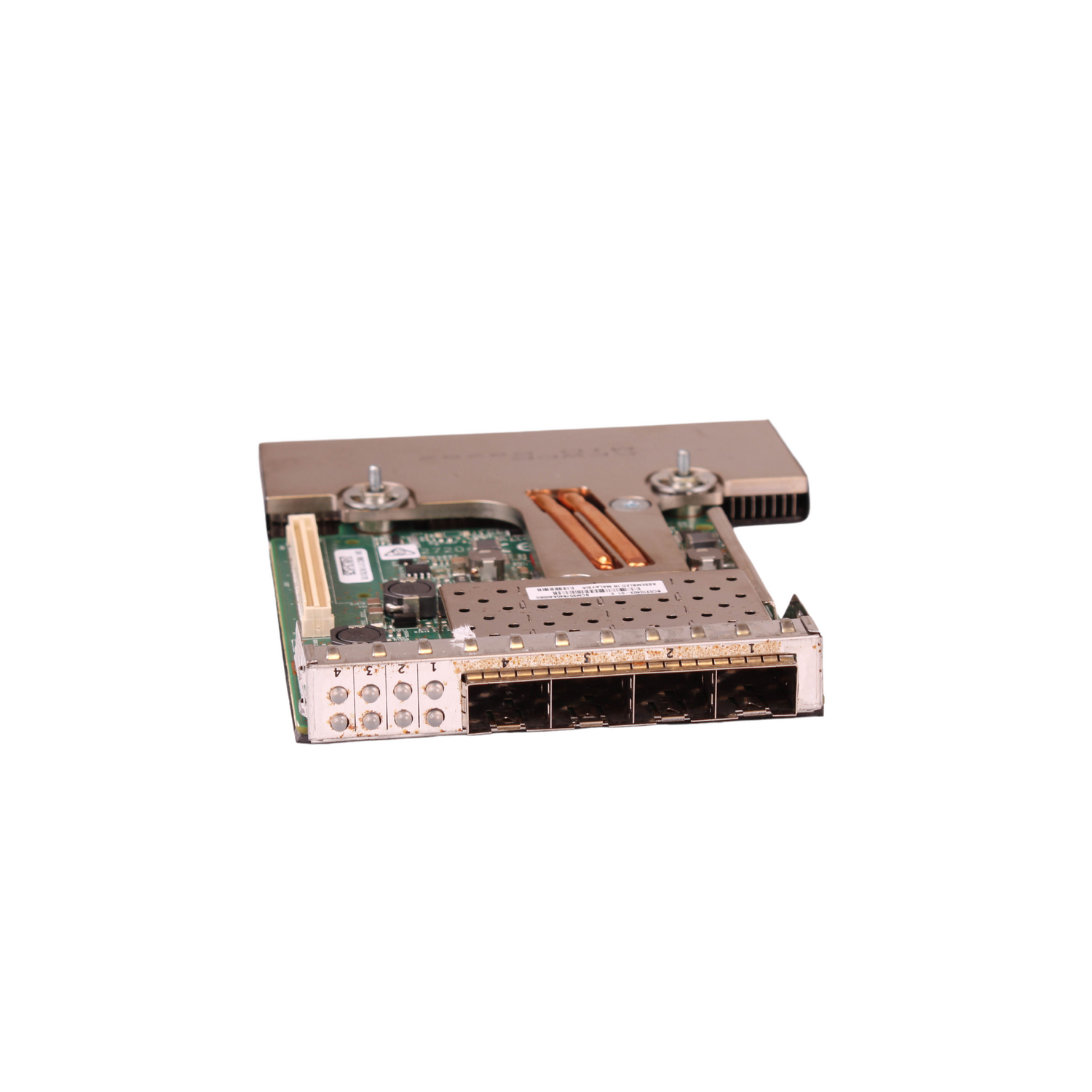Introduction
The Dell PowerEdge R830 server is a powerful and versatile solution for businesses seeking high-performance computing. This 2U rack server is designed to handle demanding workloads and provide exceptional processing power for enterprise applications. In this blog post, we’ll explore the features, capabilities, and benefits of the PowerEdge R830 server, helping you understand why it’s a top choice for many organizations.
Key Features of PowerEdge R830
The PowerEdge R830 server boasts several impressive features that set it apart from other servers in its class:
- Processor Power: Equipped with up to four Intel Xeon E5-4600 v4 processors, the R830 delivers outstanding computational performance.
- Memory Capacity: Supports up to 3TB of DDR4 memory, enabling smooth operation of memory-intensive applications.
- Flexible Storage: Offers various storage options, including SAS, SATA, and NVMe drives, with up to 24 2.5-inch drives.
- Expandability: Features seven PCIe 3.0 expansion slots for added flexibility and customization.
- Advanced Cooling: Utilizes Dell’s Fresh Air 2.0 technology for efficient cooling and reduced energy consumption.
These features make the PowerEdge R830 an ideal choice for businesses running resource-intensive applications or requiring high-density computing solutions.
Performance and Scalability
The PowerEdge R830 server is built to deliver exceptional performance and scalability:
- Multi-core Processing: With up to 88 cores across four processors, the R830 can handle complex workloads with ease.
- High-speed Memory: DDR4 memory modules operating at up to 2400MT/s ensure quick data access and processing.
- Scalable Architecture: The server’s design allows for easy upgrades and expansion as your business needs grow.
For organizations running large databases, virtualization environments, or high-performance computing (HPC) applications, the R830’s performance capabilities are particularly beneficial. Its ability to scale makes it a future-proof investment for growing businesses.
Storage Options
The PowerEdge R830 offers flexible storage configurations to meet diverse data storage needs:
- Drive Options: Supports a mix of SAS, SATA, and NVMe drives for optimized performance and capacity.
- RAID Support: Includes RAID options for data protection and improved read/write performance.
- Hot-swappable Drives: Allows for easy maintenance and upgrades without system downtime.
Whether you need high-speed storage for critical applications or large-capacity storage for data archiving, the R830 can be configured to meet your specific requirements.
Networking Capabilities
Robust networking features are essential for any modern server, and the PowerEdge R830 doesn’t disappoint:
- Multiple Network Interfaces: Comes with four 1GbE network ports standard, with options for additional 10GbE or 25GbE adapters.
- Converged Network Adapters: Supports CNAs for combined Ethernet and Fibre Channel connectivity.
- Network Partitioning: Allows for the creation of multiple virtual NICs for improved network management and security.
These networking capabilities ensure that the R830 can integrate seamlessly into existing network infrastructures and support high-bandwidth applications.
Management and Security
The PowerEdge R830 includes advanced management and security features to simplify administration and protect your data:
- iDRAC9: Dell’s integrated Dell Remote Access Controller provides comprehensive server management capabilities.
- OpenManage Suite: Offers tools for server deployment, updates, and monitoring.
- Security Features: Includes a cryptographically signed firmware and Secure Boot option for enhanced security.
These features help IT administrators manage the server efficiently and ensure the integrity of the system and its data.
Use Cases and Applications
The PowerEdge R830 server is well-suited for various enterprise applications and use cases:
- Virtualization: Its high core count and memory capacity make it ideal for running multiple virtual machines.
- Database Management: Excellent for hosting large databases and data warehousing solutions.
- High-Performance Computing: Suitable for scientific simulations, financial modeling, and other compute-intensive tasks.
- Business Intelligence: Capable of handling complex analytics and reporting workloads.
- Enterprise Resource Planning (ERP): Provides the performance needed for large-scale ERP systems.
Maintenance and Support
Proper maintenance and support are crucial for ensuring the longevity and optimal performance of your PowerEdge R830 server:
- Regular Updates: Keep firmware and drivers up to date to ensure security and performance.
- Proactive Monitoring: Use iDRAC and OpenManage tools to monitor server health and performance.
- Dell ProSupport: Consider Dell’s support services for expert assistance and rapid issue resolution.
- Backup and Recovery: Implement robust backup solutions to protect your data and ensure business continuity.
By following these maintenance practices and leveraging Dell’s support services, you can maximize the value of your PowerEdge R830 investment.
Conclusion
The Dell PowerEdge R830 server offers a powerful and flexible solution for businesses with demanding compute needs. Its robust performance, scalability, and advanced features make it an excellent choice for a wide range of enterprise applications. Whether you’re running complex databases, virtualized environments, or high-performance computing workloads, the R830 provides the capabilities to meet your needs both now and in the future.
As you consider your server options, take the time to evaluate your specific requirements and how the PowerEdge R830 aligns with your business goals. With its balance of performance, flexibility, and manageability, the R830 could be the ideal server to power your organization’s IT infrastructure.

